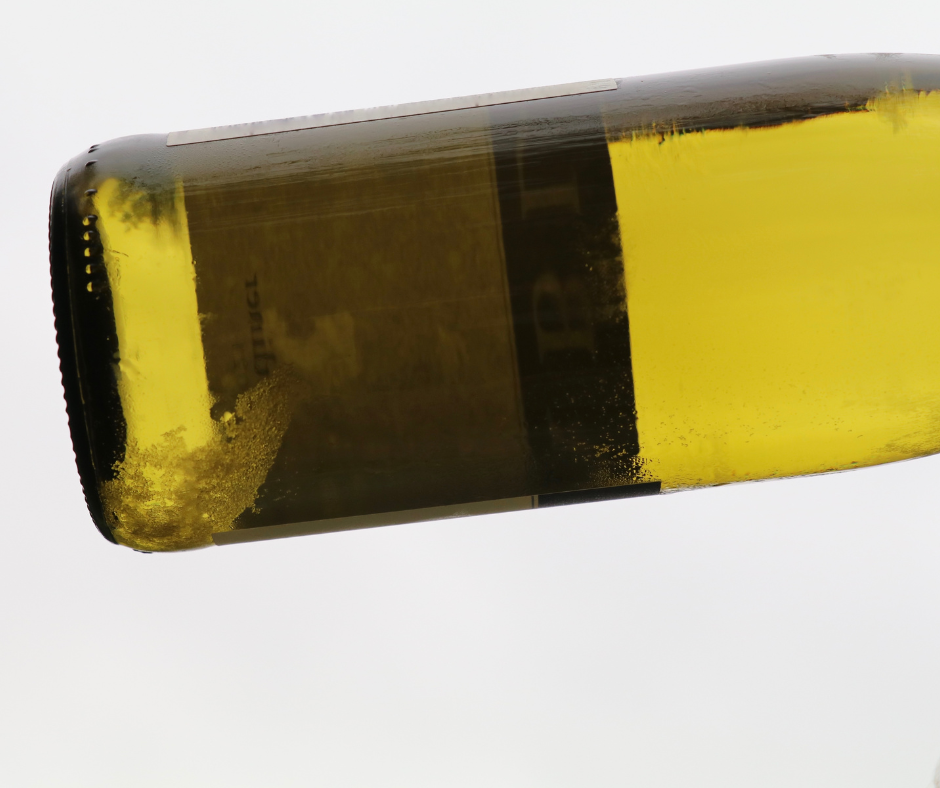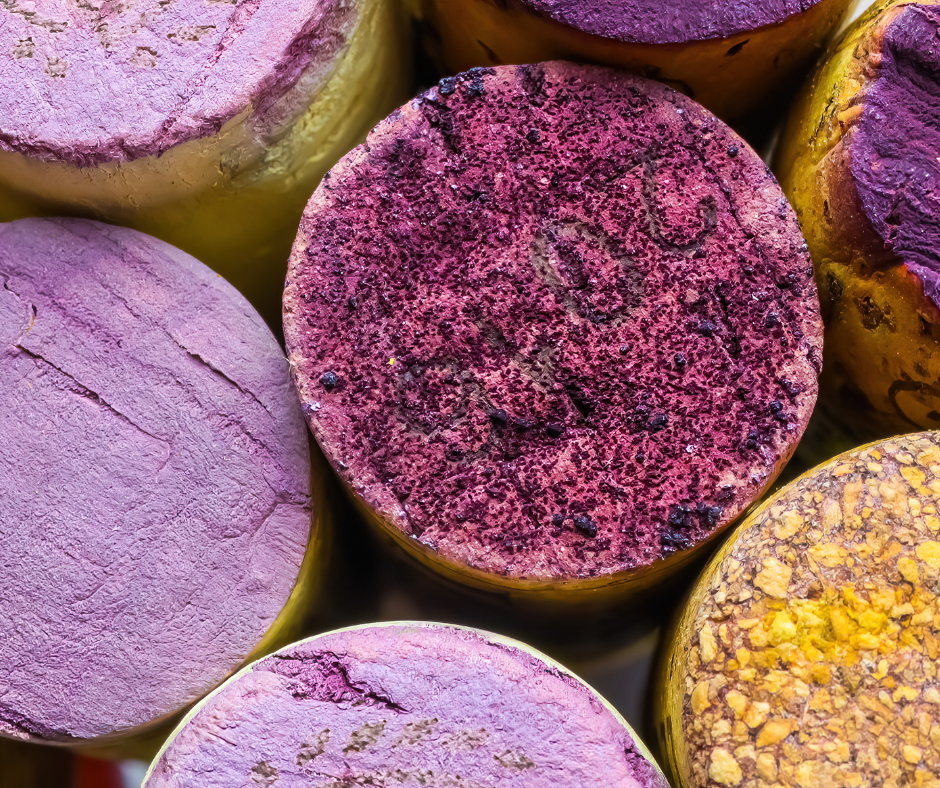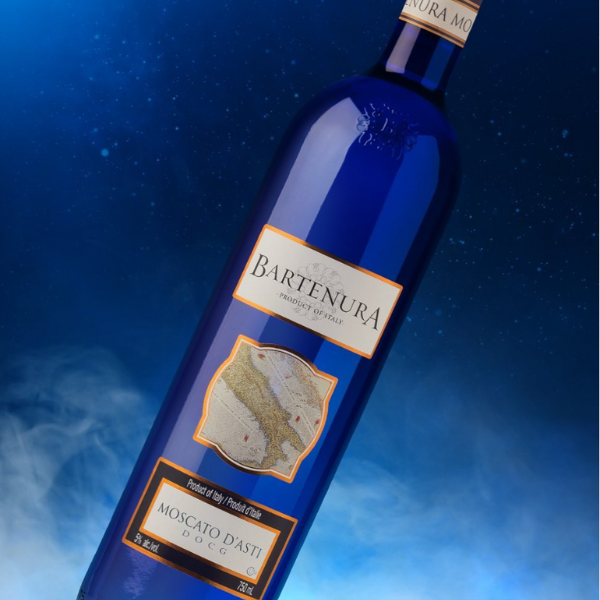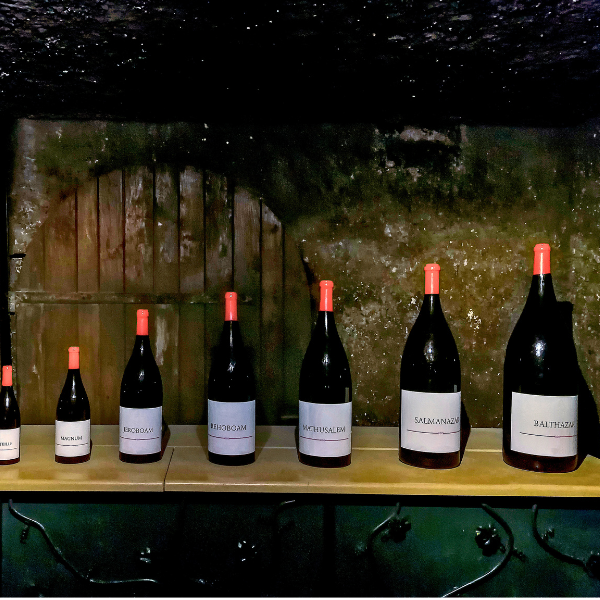Crystal Clear: Understanding Wine Diamonds
- Jun 30, 2023
By Keri Lawrence
When enjoying a glass of wine, you may have noticed tiny crystals floating in your glass, or perhaps the bottom of the bottle. These crystals are known as tartrate crystals or 'wine diamonds', and they are a natural occurrence found in many wines. In this article, we will delve into the world of tartrate crystals, exploring their formation, significance, and how they impact your wine-drinking experience.
What are Tartrate Crystals?
Tartrate crystals, often referred to as wine diamonds, are natural formations that can be found in various wines. These crystals are composed of potassium bitartrate which is formed through a combination of specific acids and potassium. While their presence may initially raise questions, wine diamonds are harmless and do not affect the quality or taste of the wine.
How are Tartrate Crystals Formed?
Tartrate crystals are typically formed when wines are stored at cooler temperatures, such as during transportation or inside the bottle. As wine ages or undergoes changes in temperature, the combination of specific acids and potassium present in the wine can lead to the crystallization of potassium bitartrate. These crystals gradually settle and accumulate at the bottom of the bottle, creating the appearance of sediment or in chunks.


In addition to wine diamonds settling at the bottom of the bottle, you may also notice the presence of crystals on the wine cork. These crystals, similar to wine diamonds, are tartrate crystals that have adhered to the cork due to their weight and the humidity inside the bottle. While not as common as wine diamonds in the glass, the presence of a crystallized wine cork further emphasizes the natural formation of these harmless compounds during the winemaking process.


Are Tartrate Crystals in Wine A Sign of Poor Quality?
Contrary to their sometimes-unattractive appearance, wine diamonds are often regarded as a positive attribute and a sign of quality in wines. The presence of these particles in wine suggests that the wine has not undergone excessive processing or filtration, indicating a more natural and authentic product. Wine enthusiasts and connoisseurs appreciate the existence of wine diamonds as a testament to the wine's authenticity and traditional winemaking techniques.
What Types Of Wine Do Wine Diamonds Form In?
Wine diamonds can be found in various types of wines, including red, white, and sparkling varieties. The formation of these crystals is influenced by factors such as acidity, pH levels, and storage conditions. It is not uncommon to encounter wine diamonds in older bottles or wines that have undergone minimal processing or filtration. Regardless of the type of wine, the presence of wine diamonds does not compromise the overall quality or enjoyment of the wine.
How Do You Remove Tartrate Crystals In Wine?
While wine diamonds are harmless and can be considered part of the wine's natural evolution, some individuals may prefer to minimize their presence. If you find the sediment at the bottom of your wine glass unappealing, several methods can help separate them from the liquid. One approach is decanting, which involves pouring the wine into a separate container, leaving the sediment behind. Alternatively, using a fine mesh strainer or a wine filter can help remove the crystals while pouring the wine.
 Get help from an expert like Brad
Get help from an expert like Brad









